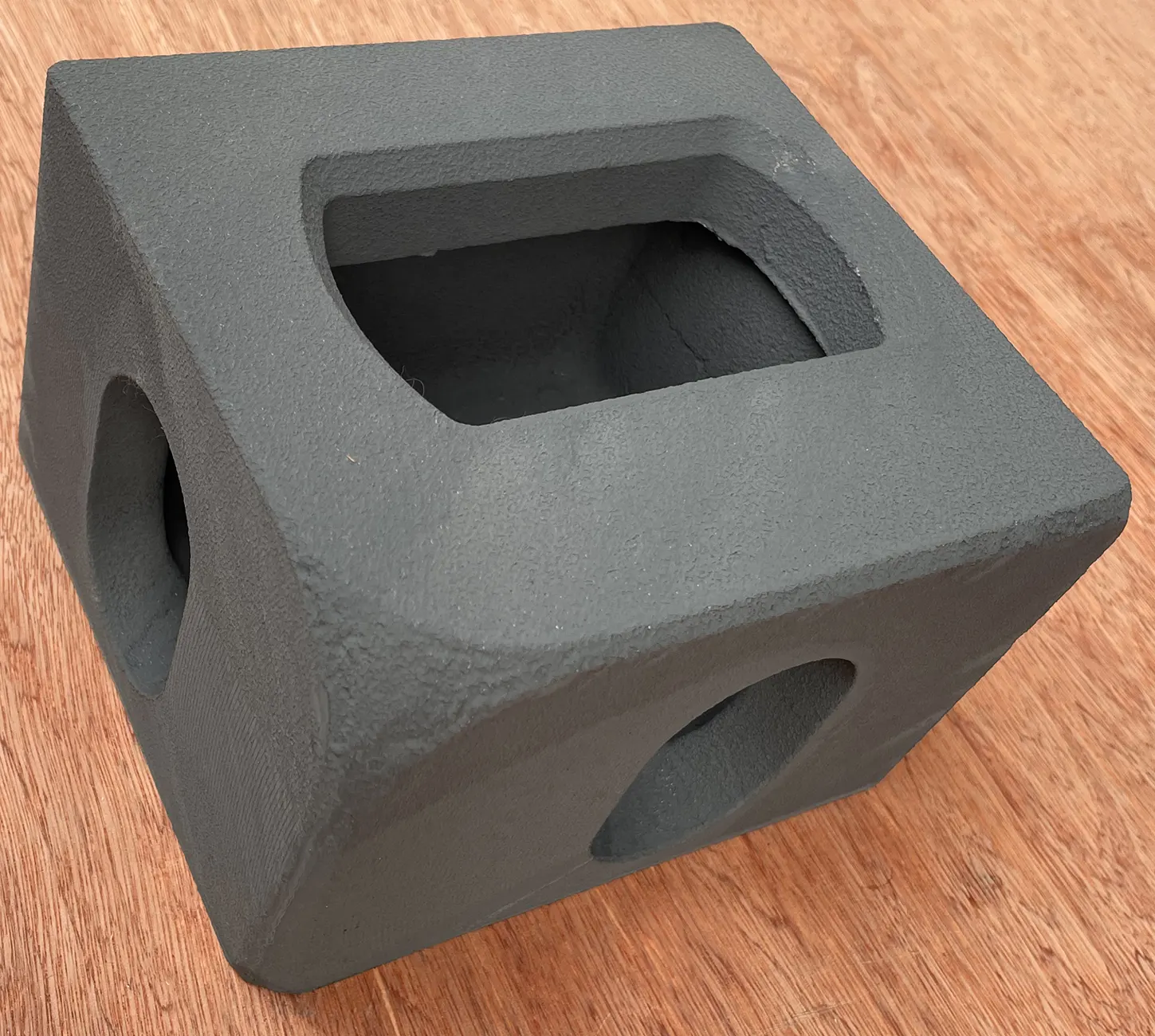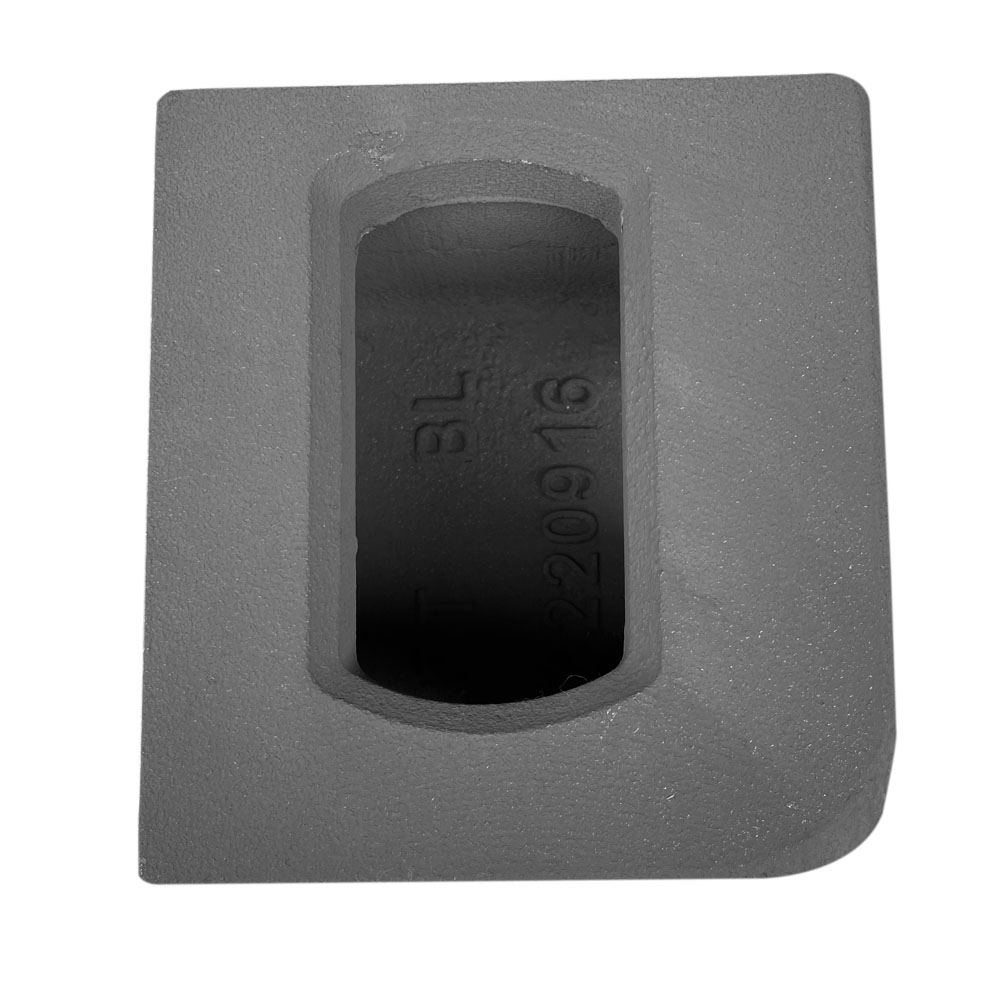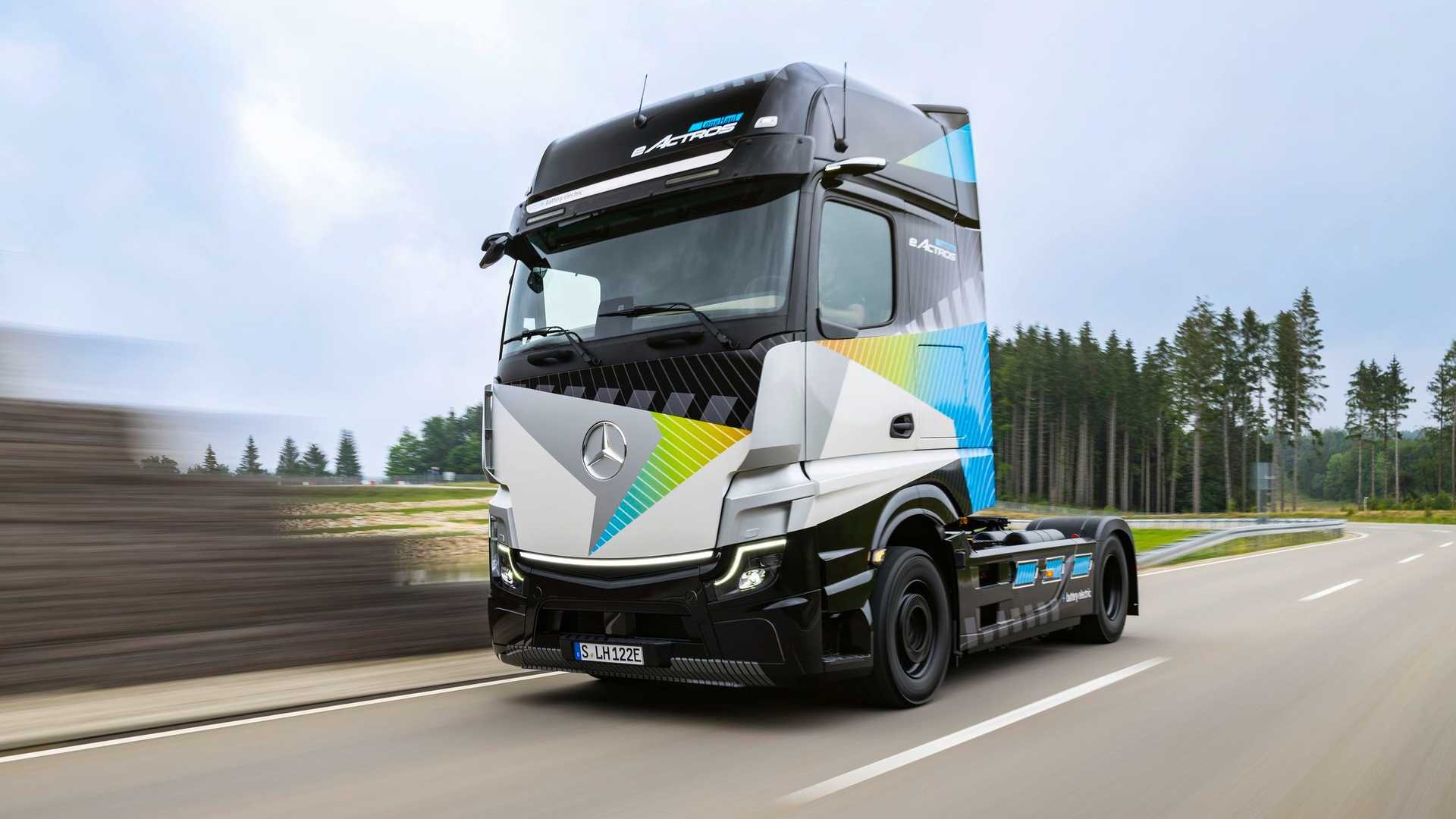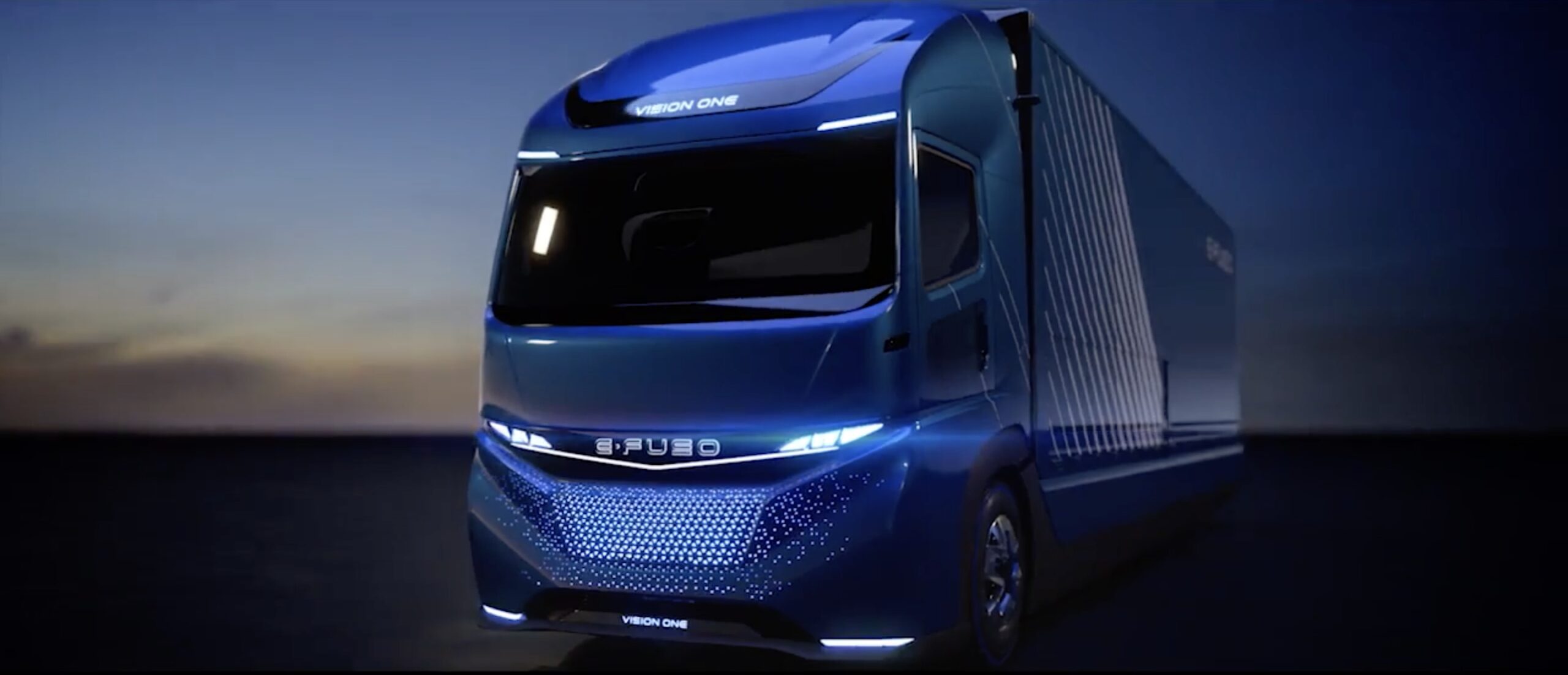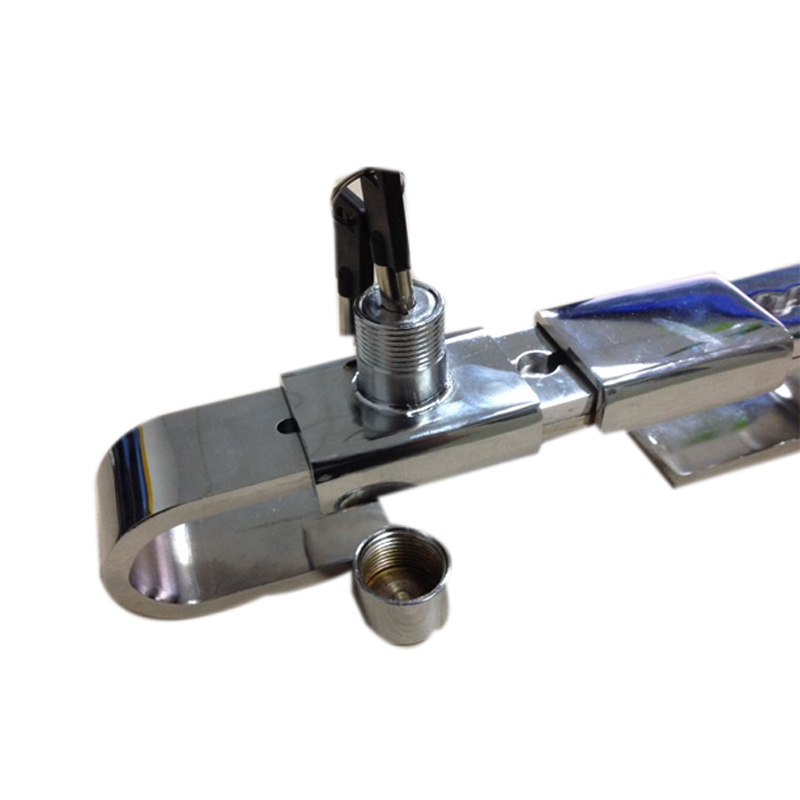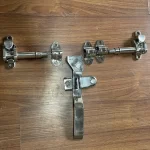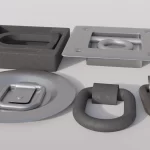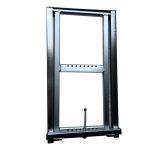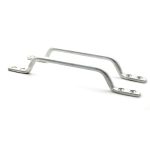Description
ISO 1161 shipping container corner, size 178mm*162mm*118mm, 8pcs per kit, cast steel with raw finish. A standard container uses the 8 twist lock corner castings which consisting of top-left corner, bottom-left corner, bottom-right corner, top-right corner, 2 units of each part. They are mounted on the corners of a shipping container, which its function focus on connecting to other containers both horizontally and vertical, it is also called container corner fitting or fasteners.
Shipping container corner blocks ( connectors )
- PN: OT0080MC-C2
- 8 Units per kit
- Material: steel
- Finish: raw
- Length: 178 millimeters
- Width: 162 millimeters
- Height: 118 mm
- Total Weight per kit: 88 kilograms
- Standard: ISO 1161
Function:
They can provide loading, stacking, positioning, and securing the container on platforms.
Data of Performance:
Each furnace of cast steel for producing corner pieces should undergo chemical element analysis and mechanical property testing in accordance with national standards.Other related information from ISO1161:2006 (en)
What is shipping container corner castings?
Somebody call hanging corners in the east, it is mainly used for fixing, stacking, lifting, handling & securing of containers. Any force on the container body is almost transmitted through 8 corner pieces.
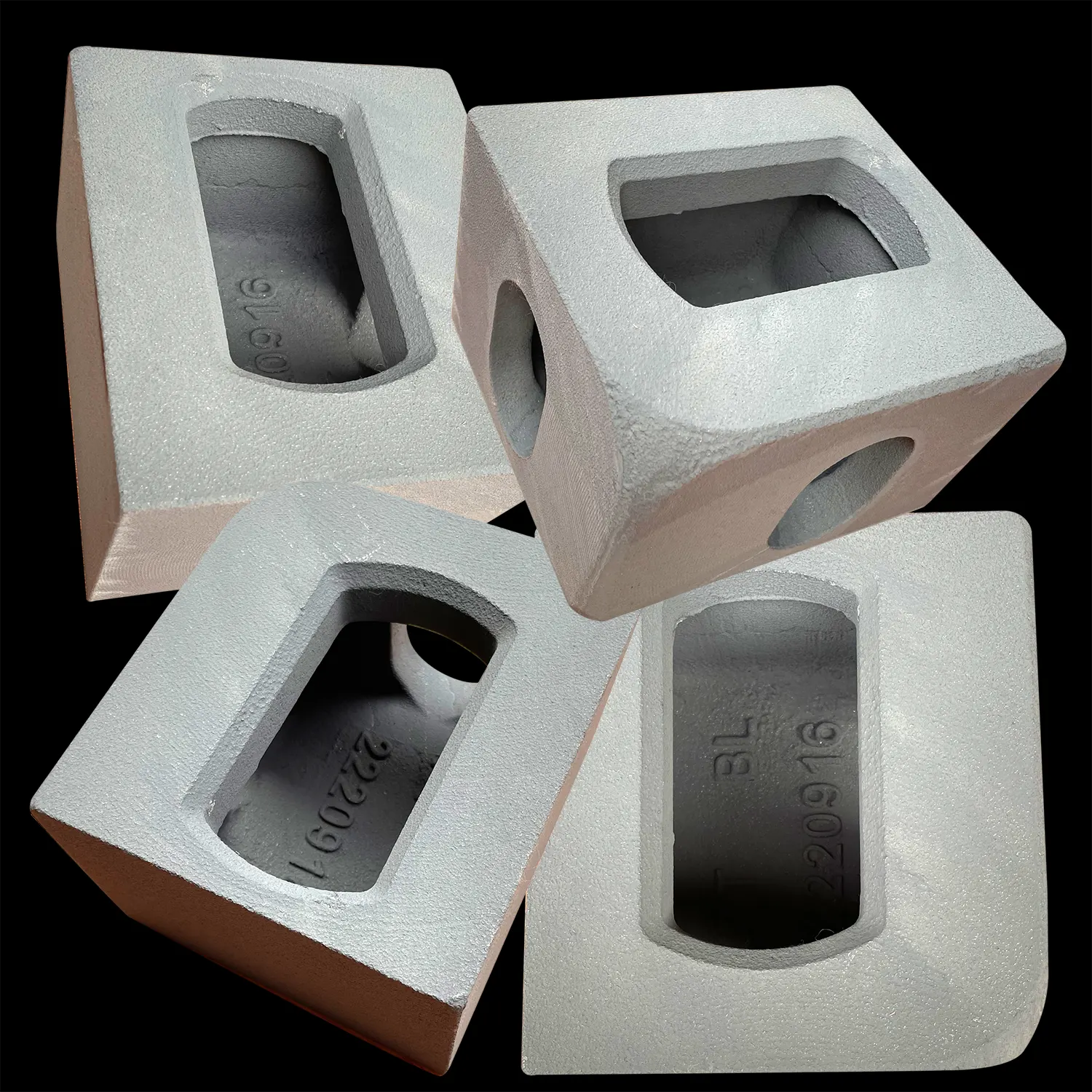
What’s the difference between cast iron and cast steel?
- Brightness difference: Cast steel is brighter than cast iron, and cast iron is darker and grayer because there are gray iron and ductile iron inside cast iron.
- Particle differentiation: Cast steel is very deadly, particles are generally invisible to mini holes, while cast iron can see particles, and gray iron particles are larger.
- Different resilience: The toughness of column steel is relatively similar to that of steel plate, while the toughness of ductile iron is slightly inferior. Thin walled parts can reach 20-30 degrees of bending, while gray cast iron does not have toughness, but it can be made for container latch lock.
- Different gas cutting methods: Due to the rough surface of the column steel and the large area of the riser and intersection, gas cutting is necessary for removal; The use of gas cutting for ductile iron cutting is a continuous process.
- Different sounds: The sound of steel castings colliding is just right, which is different from the sound of iron castings colliding.
- Different organizational performance: The plasticity and toughness of cast steel are relatively good, manifested by good elongation, cross-sectional shrinkage force, and impact toughness; The mechanical properties of cast iron are hard and brittle, and some cast iron also has some special properties and applications.

